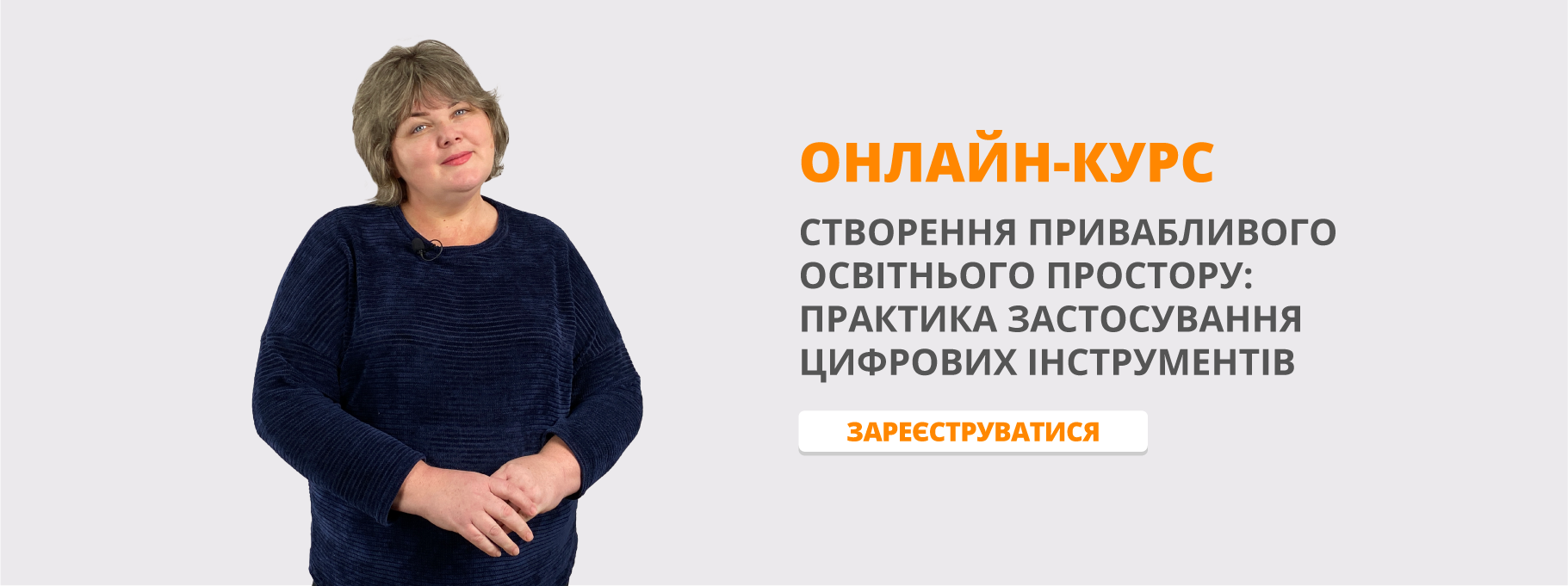Текст і завдання " Скандинавські завоювання. Вікінги"
Матеріал для уроків культурознавства Великої Британії. Текст з інформацією про вікінгів та їхні завоювання. Завдання до тексту : з"єднати частини речень.
The Vikings
Britain experienced another wave of Germanic invasions in the 8th century.
The Vikings came from three countries of Scandinavia: Denmark, Norway and Sweden. The name 'Viking' comes from a language called 'Old Norse' and means 'a pirate raid'. The English called the Viking invaders 'Danes'. In AD 787 three Viking longships landed in southern England. It had been settled by the Anglo-Saxons.
Norwegian Vikings or 'Norse' sailed to Scotland, where they made settlements in the north and on some islands. Vikings raided Wales, but few made homes there. Some Viking ships brought families to Britain looking for land to farm. Good farmland was scarce in the Vikings' own countries. The parts of Britain where most Vikings settled were northern Scotland and eastern England. For 500 years, from about AD 900, Vikings ruled the north of Scotland. In Ireland, Vikings founded the city of Dublin.
The Vikings attacked Christian monasteries. They were pagans, not Christians like most people in Britain. Christian monasteries in Britain were easy to attack, because the monks in the monasteries had no weapons. Churches and monasteries kept valuable treasures, such as gold, jewels and books. There were food, drink, cattle, clothes and tools too - tempting for greedy Vikings.
By 875 only King Alfred in the west of Wessex held out against the Vikings, who had already taken most of England. He won a battle in 878. Viking areas in east and northern England became known as the Danelaw, the land where the law of the Danes ruled. In the rest of the country Alfred was recognized as king. For a short time England had Danish kings (King Cnut and his sons, from 1016 to 1042). After that Saxon king Edward was chosen. He was more interested in the Church than in kingship. By the time Edward died there was a church in almost every village. The pattern of the English village, with its manor house and church, dates from this time. Edward started a new church fit for a king at Westminster.
Most Viking men were boat-builders, potters, leather-workers and smiths. They knew how to handle a boat. And most could fight if they had to, to protect the family or to support their chieftain. They also traded by exchanging goods (a wolf skin for a pair of shoes, perhaps) but also used gold and silver coins. Traders valued coins by weight, and carried small folding scales to weigh a customer's coins.
Women baked bread. They did spinning and weaving to turn sheep wool into cloth. They looked after the children, made the family's clothes and cooked. On the farm, women milked the cows and made cheese
Viking men enjoyed swimming, wrestling and horse racing. In winter, people skated on frozen rivers, and used skis over the snow
Viking children did not go to school. They helped their parents at work, and learned Viking history, religion and law from spoken stories and songs, not from books. By 15 or 16 they were adult. It was common for a girl's father to choose her husband. A boy usually took his father's name too - so Eric, son of Karl, became Eric Karlsson. Girls often took the same name as their mother or grandmother.
Most people lived on farms. Farmers used iron tools. They grew oats, barley and wheat, and ground the grain to make flour, porridge and ale. Vikings grew vegetables such as onions, beans and cabbages. Their farm animals included pigs, sheep, goats, cattle, geese and chickens.
The Viking age in European history was about AD 700 to 1100.
Match.
1. The Vikings came from a) about AD 700 to 1100.
2. The name 'Viking' means . b)but few made homes there.
3. Vikings raided Wales c) the Danelaw.
4. The parts of Britain where most Vikings settled were d) in the Church than in kingship.
5. Vikings attacked e) fit for a king at Westminster.
6. Viking areas in east and northern England became known as f) 'a pirate raid'.
7. The Danelaw was the land where g)there was a church in almost every village.
8. Saxon king Edward was more interested h)exchanging goods.
9 . By the time Edward died i) Denmark, Norway and Sweden.
10 .Edward started a new church j)Christian monasteries.
11 .The Vikings also traded by k) northern Scotland and eastern England.
12. The Viking age in European history was l) the law of the Danes ruled.

про публікацію авторської розробки
Додати розробку
